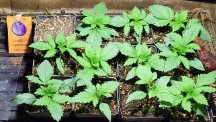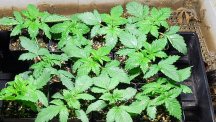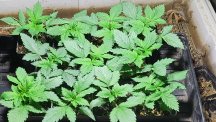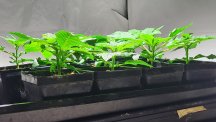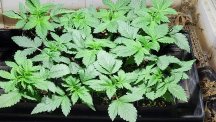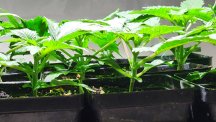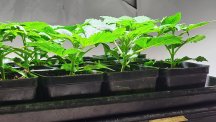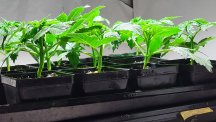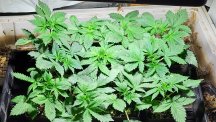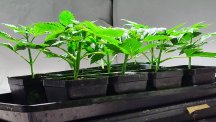ttystikk
Nerd Gone Vertical
@Joebud This is clearly being marketed as a "prime" heat and power generation system, as opposed to "backup" power. This is exactly what's needed. The exhaust only needs to be minimally processed to use as a CO2 source if the fuel is natural gas.
The 35 KWh unit would provide a maximum of 35,000 Watts or 145 Amps in 240V single phase. This would be ideal for my application. I already have 150A service to my house and I would generally be drawing closer to 20-24 KWh anyway.
The other side, the heat, generally wouldn't even be needed most of the time; my furnace is 80k Btu and it doesn't need to run for very long even on the coldest of days. A Watt is 3.414 Btu so the conversion is roughly 23,400 Watts to 80k Btu. How convenient!
CO2 from the exhaust would be piped into the grow rooms on a valve controlled by CO2 monitoring, the excess is simply sent outside. It would already be cooled by the water jacket used to capture heat. Excess heat in the water could also be sent outside, to a closed loop cooling unit (radiator and fan that runs as needed for cooling).
To capture the full potential of such a system, it should be associated with an additional greenhouse adjacent to the indoor facility where the heat could keep it warm all winter and extra CO2 could be sent.
Yeah, this is the kind of stuff I nerd out on lol
I'm going to HVAC school right now and my goal is in fact to do this kind of work for indoor growing facilities.
The 35 KWh unit would provide a maximum of 35,000 Watts or 145 Amps in 240V single phase. This would be ideal for my application. I already have 150A service to my house and I would generally be drawing closer to 20-24 KWh anyway.
The other side, the heat, generally wouldn't even be needed most of the time; my furnace is 80k Btu and it doesn't need to run for very long even on the coldest of days. A Watt is 3.414 Btu so the conversion is roughly 23,400 Watts to 80k Btu. How convenient!
CO2 from the exhaust would be piped into the grow rooms on a valve controlled by CO2 monitoring, the excess is simply sent outside. It would already be cooled by the water jacket used to capture heat. Excess heat in the water could also be sent outside, to a closed loop cooling unit (radiator and fan that runs as needed for cooling).
To capture the full potential of such a system, it should be associated with an additional greenhouse adjacent to the indoor facility where the heat could keep it warm all winter and extra CO2 could be sent.
Yeah, this is the kind of stuff I nerd out on lol
I'm going to HVAC school right now and my goal is in fact to do this kind of work for indoor growing facilities.
Last edited:

